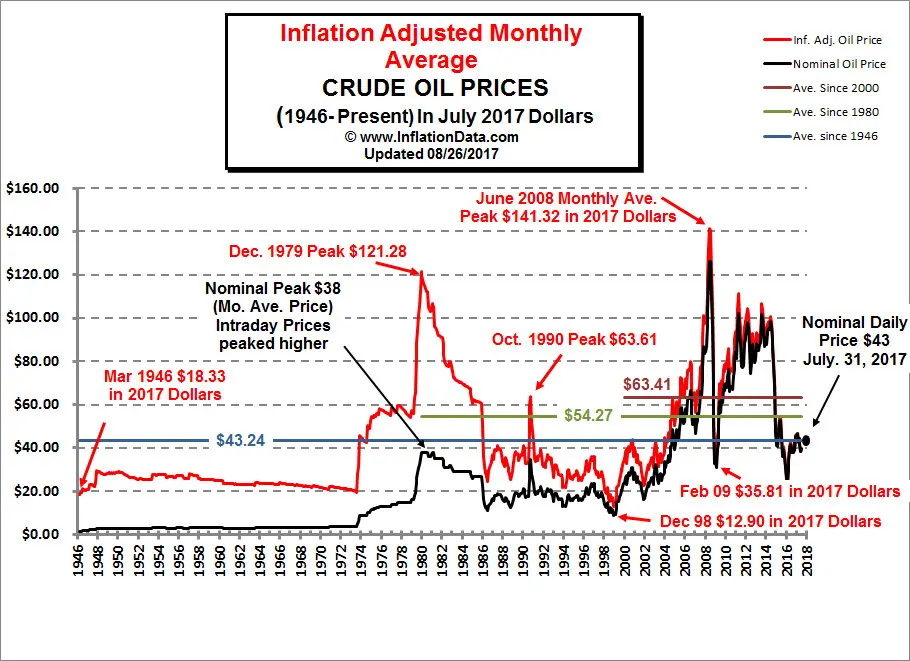Talk about efficiency!
Check this out:
The Intersection of Speed and Efficiency
by Klaus Savier
As a result of the ever-increasing fuel cost, I decided to demonstrate the efficiency of the Delaminator, a highly optimized Vari EZE, a grocery getter and 25-year-old “Technology Demonstrator” for Light Speed Engineering.
This airplane is well known for winning all kinds of races since 1984. From the CAFÉ efficiency races in the late 80’s to the AirVenture Cup race in 2007, where it won the 400 mile race from Dayton to Oshkosh at an average speed of 254 mph. In 1990, two closed course world records were set in the C1-A weight class for the 1,000km and 2,000km distances at over 200 mph. They are still standing.
The Delaminator’s configuration for this endurance flight was identical to that used in the AirVenture Cup:
- Same LSE Composite 64x86 Propeller,
- Dual Plasma III CDI,
- Our own Timed Sequential High Pressure Electronic FI,
- No extra tank- standard 29-gal Vari Eze fuel system,
- About 25 pounds of luggage: minimal tools, no spare parts.
On Monday April 7th, just prior to Sun ‘N Fun, the weather looked great for a non-stop flight across the country, coast to coast, 2000 miles. I hopped in the Delaminator as early as I could bear and set out for Florida. The tailwinds were good but not quite as strong as predicted so I had to slow down a little to increase my range. It took 8 hrs and 58 min for the total distance of 1985 statute miles, SZP, CA to PFN, FL via ELP TX to avoid the restricted area.
Total fuel used was 25.8 gallons of the 29.2 carried in the standard tanks, leaving more than an hour worth of fuel remaining. Average fuel flow for the entire flight was 2.87 gph. Average speed was 220.6 mph. Tailwind average was around 30 mph at 17500 ft. The density altitude was above 19000 ft. Of course, I was on oxygen for the entire flight.
Now for the technical run-down on engine configuration and the methods used to achieve this level of efficiency. In the Delaminator, the maximum manifold pressure available at 17500 is almost 16”. See picture 1 and note the fuel flow of 4.2 gph at peak power giving a true airspeed of 204kts, resulting in 55.9 statute mpg. As shown in picture 2 taken during this cross-country flight, the throttle was reduced by almost 1”. While our custom FI automatically adjusts the mixture for all engine conditions, it can be biased just like the Plasma CDI timing. The automatic mixture adjustment was thus manually leaned to almost 300 degrees past peak EGT, where slight roughness occurs. Manual increase of timing advance returns some power lost under these conditions and eliminates any lean misfiring. As a result of these settings and lean burn, all temperatures are near the low limits, oil pump outlet temp is below 150 F and the cylinder head temperatures are all below 300 F. See picture. While leaning this far on the lean side of peak reduces power significantly, it is slightly more efficient to reduce power by leaning rather than by closing the throttle because the pumping losses of the engine are lower.
The best “no wind range” is normally achieved at best glide speed. For the Delaminator, this is about 100mph when fully loaded. Most of the trip was flown at 130 mph indicated at 17500 ft. Prior testing has shown that the airplane achieves well over 80mpg at best glide speed. Flying at 130 mph, the Delaminator still achieves over 60 mpg. The tailwind brought the mpg to nearly 80 mpg.
While I could think of a faster airplane with a higher wing loading and a bigger engine, such a configuration could not come close to the efficiency demonstrated here at high altitude. It seems that this combination of a highly optimized 0-200 engine and high aspect ratio wings offers a combination of efficiency and speed that simply cannot be beat.
Klaus Savier 4-08





